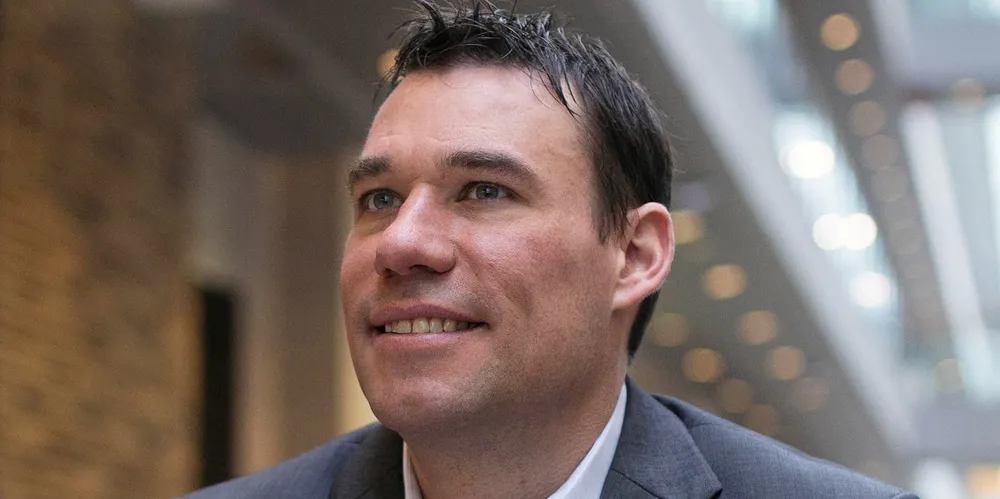Huge compressed-air green energy vault in disused mine planned by Goldman Sachs-backed Hydrostor
The project will eliminate need for new transmission lines and polluting diesel generators for remote Australian city, says developer

The project will eliminate need for new transmission lines and polluting diesel generators for remote Australian city, says developer
